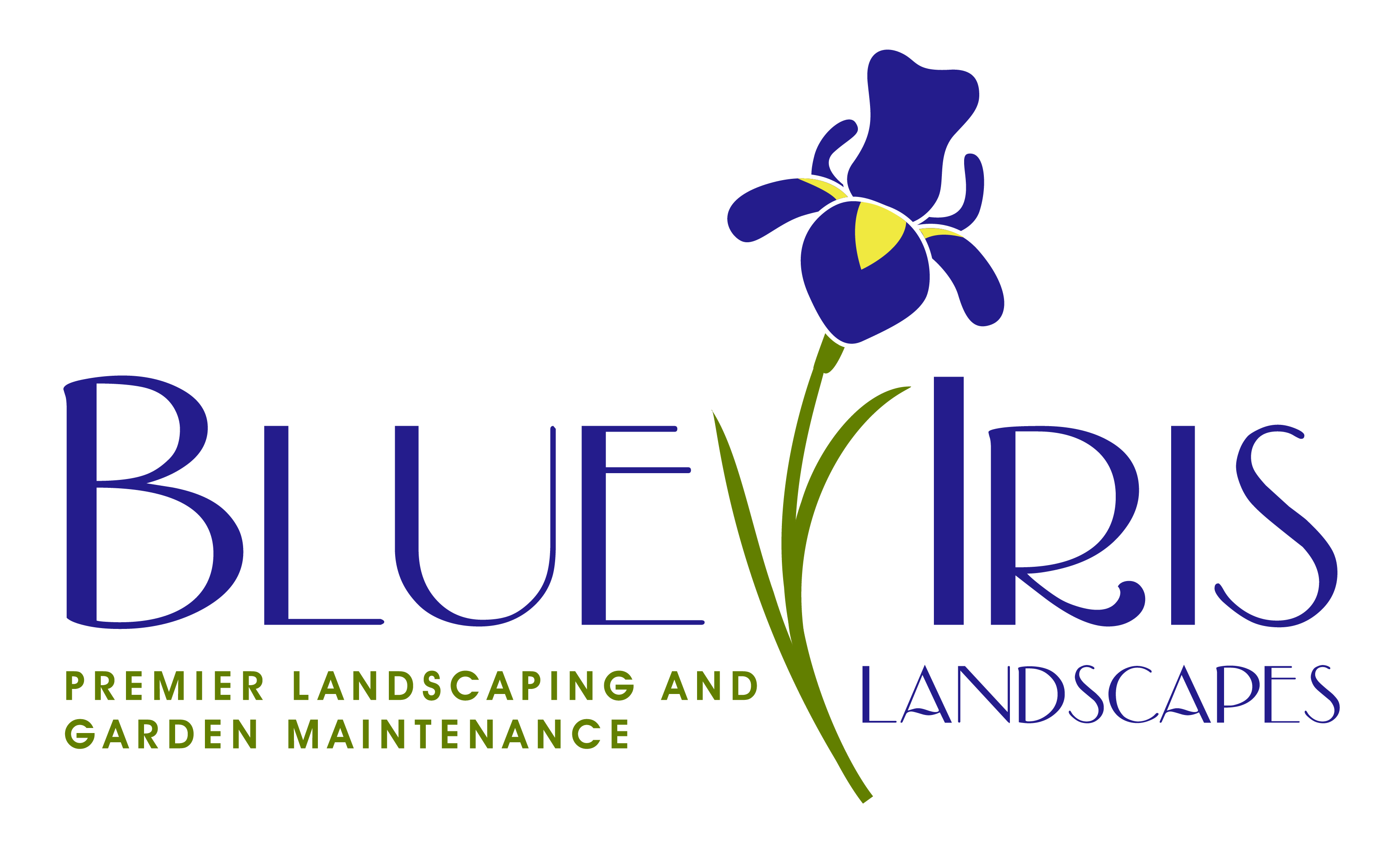
In gardening terms, mulching is usually when you use a layer of organic material on your soil and borders in order to improve the growth of your plants by adding nutrients to the soil. It is also a technique used to control the amount of weed growth.
As most weeds need light to germinate, any layer thick enough to keep out light will inhabit most of them from growing.
Additionally, most weeds have small seeds so even an inch of mulch is lethal. But weeds with bigger seeds such as ‘goosegrass’ need a minimum of 4 inches. It is safe to say then, that weeds rooted in mulch are easier to uproot.
However, mulch can cause as many problems as they solve. One downside of mulch is that it will also ‘control’ the plants you want to grow. Robust perennials won’t be affected by 4 inches of mulch however it is advisable you don’t cover small plants with thick layers.
Some would advise you to apply mulch in spring, however, autumn is better. This is because it allows herbaceous plants to finish growing, and after a few rain showers but before the winter chill sets in. This is so that the soil under the mulch is moist and still comparatively warm.
Mulch can be very useful in gardens however it always important to know the pros and cons of using mulch or any other garden product to make sure that we won’t be having a knock-on effect on our plants. If you require any more information then please contact us on one of the following.
